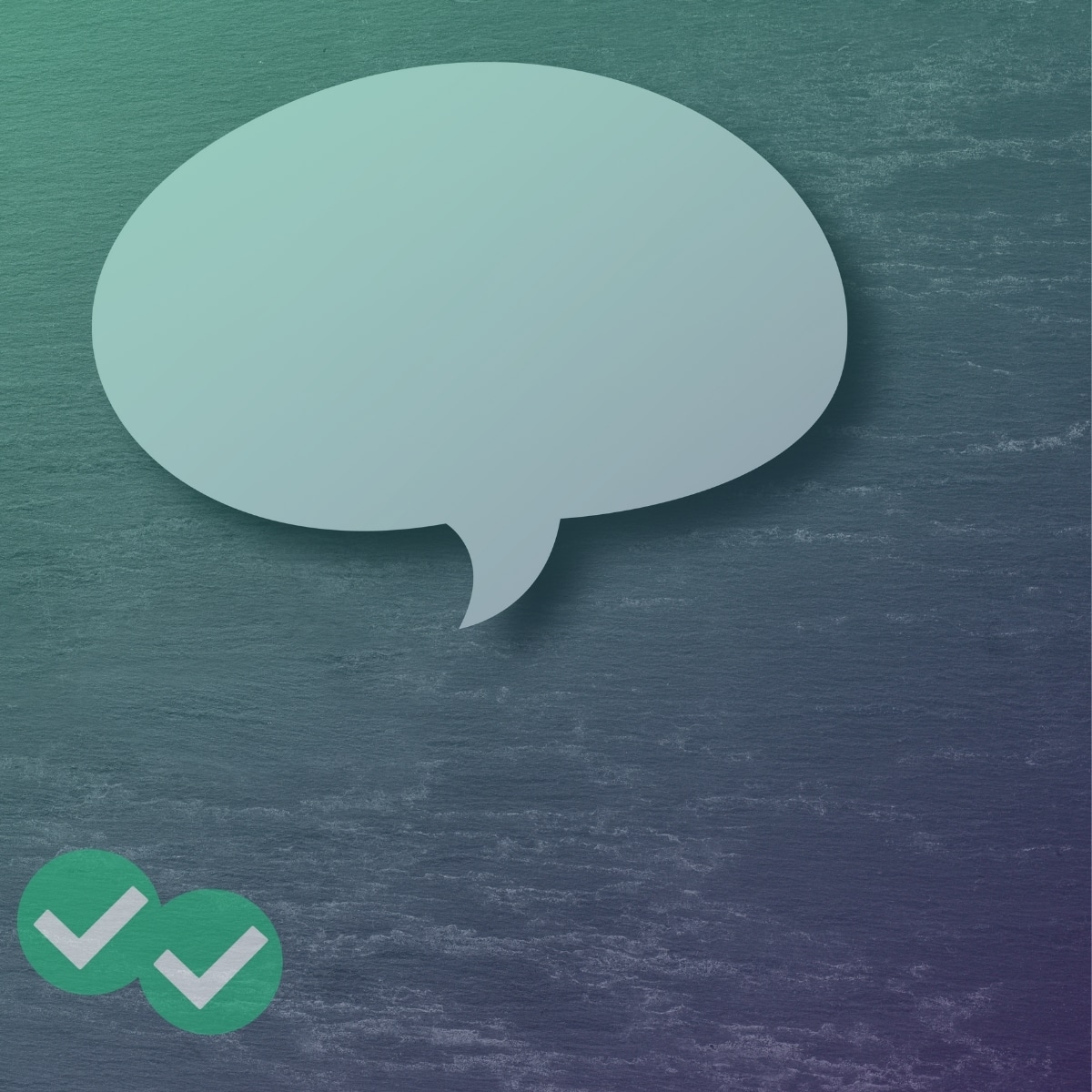
The key to writing an excellent, top-scoring essay for IELTS Academic Writing Task 1 is paragraph structure. Each paragraph in the essay has its own unique purpose.
We’re going to go through each paragraph in the IELTS Writing Task 1 structure one by one below, showing an IELTS Academic Writing Task 1 prompt and full answer. It will be helpful to study the question carefully before we cover how to write body paragraphs in IELTS Task 1.
- Note: Since the time of writing, IELTS has changed the official prompt. Use the examples in this post as a guide, then try writing your own response to this IELTS sample prompt!
IELTS Writing Task 1: Paragraph Structure
- Paragraph 1: Introduce the visuals (1-2 sentences)
- Paragraph 2: Summarize the visuals
- Paragraphs 3 and (sometimes) 4: Use data/details to highlight a key feature of the visual(s)
- Optional: Concluding sentence
IELTS Writing Task 1 Introduction and Overview
Paragraph 1: Introduce the Visuals (1-2 sentences)
Introducing visuals is very straightforward, but it can present challenges because it tests your grammar and vocabulary. Basically, all you need to do in these introductory lines is explain, in very general terms, what the visuals contain. You should try to do this in just one or two sentences if possible.
Fortunately, you can find this information easily because it’s provided for you very clearly in the question prompt. In our example, this is the sentence just below the second chart above (“The graphs above give information about…”) The titles of your visuals also provide useful information for your IELTS Writing Task 1 introduction phrases.
Paragraph 1 requires a lot of practice because you have to paraphrase the language from the prompt and the titles. That means you need to put this information in your own words. Do your best to avoid using the same vocabulary and sentence structure as the prompt. Failing to do this will definitely lower your score! The IELTS is testing your vocabulary and grammar here. Please note, however, that you don’t always have to paraphrase key terms. In our example, the phrase “computer ownership” would be difficult to replace, for example. Everything else should be paraphrased!
- Below is a model for Paragraph 1. Notice how the vocabulary and sentence structure differ from both the question prompt and the titles of the visuals.
How to Write Body Paragraphs in IELTS Task 1
Paragraph 2: Summarize the visuals (2-4 sentences)
In this paragraph, you will provide a summary of the visuals without going into too much detail. IELTS Writing Task 1 instructions tell you to, “summarise the information by selecting and reporting the main features” of the visuals (Source: IELTS, Test format in detail). Paragraph 2 is your opportunity to do just that.
Avoiding details in this paragraph helps to focus your answer on the most important points contained in the visual(s). You don’t want your summary to get lost in numbers and figures. Save these details for your next paragraph(s). Instead, in Paragraph 2, you’ll need to provide an accurate overview, or summary, of the contents of the visuals.
In the previous paragraph (Paragraph 1), you explained what the visuals are about—the topic. Now, in Paragraph 2, you need to describe the main information contained in the visuals. You should select the information that stands out to you most. It might be a general trend in the data, or a striking or interesting overall pattern. In Paragraph 2, you should report in very general terms, whatever seems most noteworthy in the visuals.
- Take a look at this example below:
Paragraphs 3 and (sometimes) 4: Use data/details to highlight a key feature of the visual(s)
Now that you’ve presented a summary of the main information in the visual(s), you’re ready to go into details in Paragraph 3. This is where you report data related to the summary information you just provided in Paragraph 2. You should not attempt to describe ALL of the data you see in the visuals. This would probably be impossible within the time limit even if you tried. You have to make choices. Instead, you should report about data that relate directly to the main feature(s)—the key information—that you just presented in Paragraph 2.
In Paragraph 2 of the model response, I focused on how 1) computer ownership rose steadily from 2002-2010 in general and across education levels, but that 2) those with the least education increased their computer ownership most over this period. Therefore, it would make sense to follow this paragraph with detailed information on these trends. As I described earlier in this post, these are the “angles,” or perspectives, I’ve taken on the graphs.
At this point, you have a second choice to make. Should you present all of the data in one paragraph (Paragraph 3), or should you separate it into two shorter paragraphs (Paragraphs 3 and 4)?
It is not necessary to include a 4th paragraph in your response, and it won’t always add to your score to include one (unless you haven’t met your 150 word minimum!). However, many times having two shorter paragraphs can be best. This is especially true in cases where you need to present data/details about two distinct key features. In these cases, a 4th paragraph helps you to present different ideas clearly. For this reason, I chose to present the information in two shorter paragraphs in our example response.
- Below are example paragraphs 3 and 4 for our practice question:
Notably, the three groups at the lowest end of the education spectrum saw the most significant computer ownership gains over this period. Their rate rose approximately 30 percentage points. College graduates and postgraduates saw more modest gains with 20 point increases between 2002 and 2010.
When to Include an IELTS Task 1 Conclusion
Concluding Sentence (Optional)
Now that you know how to write body paragraphs in IELTS Task 1, you may include a concluding sentence, but this is optional. It can be very helpful to include one if you’re struggling to reach your word count minimum of 150 words. Otherwise, a concluding sentence won’t help your score significantly.
- Review the following model concluding sentence:
On a final note, review sample questions and example essays for further practice. And check out our complete guide to IELTS Writing for advice on the whole section!





